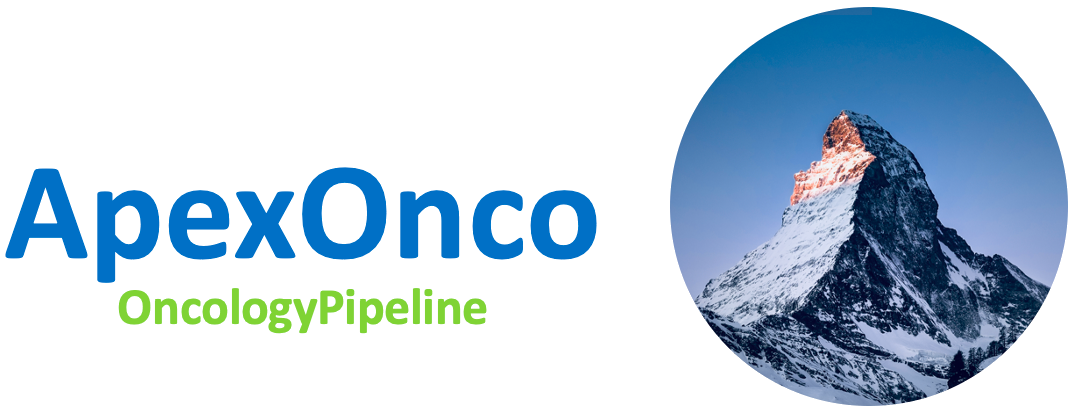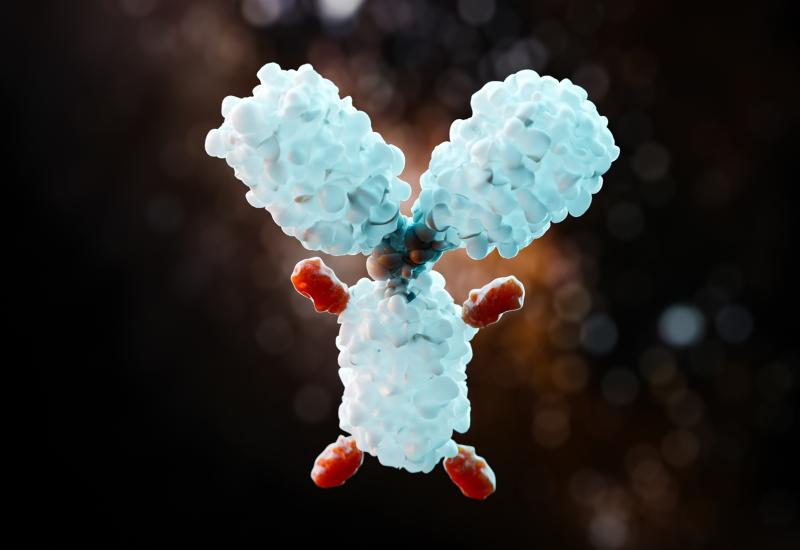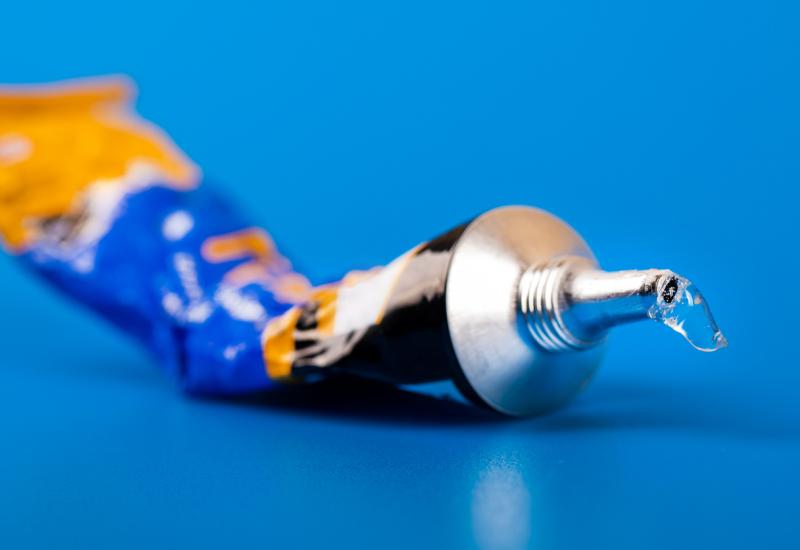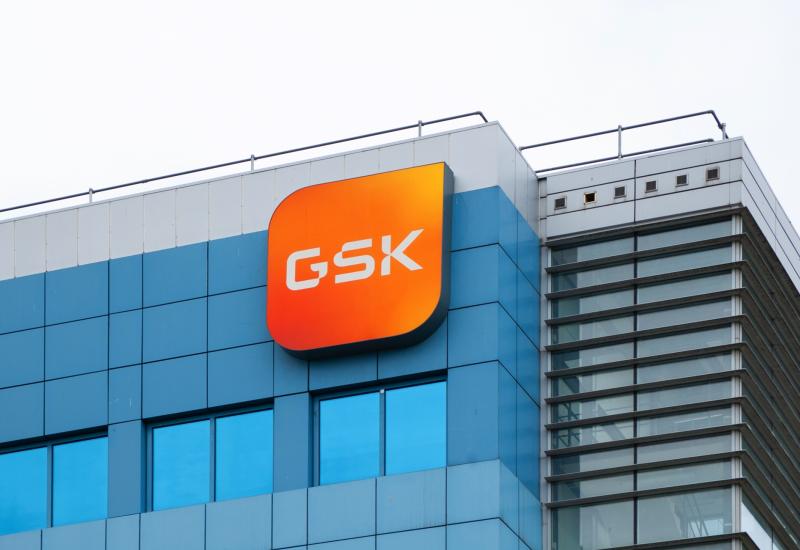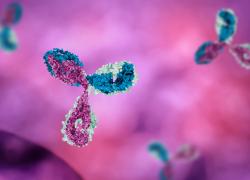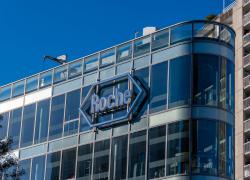
Erasca enters its pan-RAS era
The company deprioritises its lead project, naporafenib, shifting to two Joyo-originated assets.
The company deprioritises its lead project, naporafenib, shifting to two Joyo-originated assets.

Erasca has been through many reinventions, and the latest will see it focus on two pan-RAS projects it licensed from China’s Joyo Pharmatec a year ago. Meanwhile, Erasca is depriorisiting its erstwhile lead asset, the Novartis-derived pan-RAF inhibitor naporafenib, which is in phase 3.
The group will look for partners for naporafenib, and the move will help it preserve cash until the second half of 2028 while it looks to catch other pan-RAS players. Revolution Medicines is in the lead here with daraxonrasib, and the space is getting crowded with efforts from the likes of Lilly, Pfizer, BeiGene and BridgeBio Oncology.
Erasca’s main projects now are the pan-RAS molecular glue ERAS-0015 and the pan-KRAS inhibitor ERAS-4001, licensed outside China from Joyo in May 2024 for an undemanding $12.5m up front. However, these are still early, with phase 1 only just starting, or about to start. The first clinical data on both projects are expected next year.
More potent?
The bar in pan-RAS inhibition has been set by Revolution’s daraxonrasib: in second-line pancreatic cancer that company has highlighted median PFS of 8.5-8.8 months, while in second/third-line NSCLC mPFS was 9.8 months. Daraxonrasib is already in phase 3 trials for both cancers, with Revolution just dosing the first patient in its Rasolve-301 NSCLC trial.
Like Erasca’s ERAS-0015, daraxonrasib is sometimes described as a pan-RAS molecular glue. Both projects are designed to induce formation of a complex between RAS and another protein, cyclophilin A, thereby disrupting RAS signalling pathways.
Erasca reckons ERAS-0015 is more potent than daraxonrasib, but will need to prove this in the clinic.
Despite the early nature of Erasca’s assets, and the competitive field, Evercore ISI’s Jonathan Miller described the shift as “great news” for the company. A stronger balance sheet, he said, would allow Erasca to “push harder” on phase 2 expansion cohorts, “and possibly start to gain ground on the leaders in the space”.
Erasca shares opened up 6% on Wednesday.
Not enrolling
Meanwhile, the decision to put naporafenib on the back burner wasn’t based on disappointing data, according to Miller. The project is in the phase 3 Seacraft-2 trial, in NRAS-mutant melanoma, which had been due to yield stage 1 dose optimisation results in the second half of this year.
Seacraft-2, along with the phase 1 Seacraft-1 in RAS Q61X-mutant solid tumors, are currently not enrolling, according to Erasca. The group will now hope to find a buyer for the project, which it licensed from Novartis in 2022 in a $100m cash and stock deal.
Erasca’s pipeline
| Project | Description | Originator | Status | Note |
|---|---|---|---|---|
| Naporafenib | Pan-RAF inhibitor | Novartis | Ph3 Seacraft-2 + Mekinist in NRASm melanoma (not currently enrolling) | Erasca licensed in Dec 2022 for $20m cash & $80m equity; deprioritised May 2025 |
| ERAS-0015 | Pan-RAS molecular glue | Joyo Pharmatec | Ph1/2 Auroras-1 in RASm solid tumours; IND cleared, data due 2026 | Erasca licensed outside China in May 2024 for $12.5m |
| ERAS-4001 | Pan-KRAS inhibitor | Joyo Pharmatec | Preclinical; IND submitted for ph1 Borealis-1 in KRASm solid tumours, data due 2026 | |
| ERAS-12 | Anti-EGFR-D2/D3 bispecific MAb | Emerge Life Sciences | Preclinical | Erasca licensed in Mar 2021 for $2m cash & $1.7m equity |
Source: OncologyPipeline.
1923
